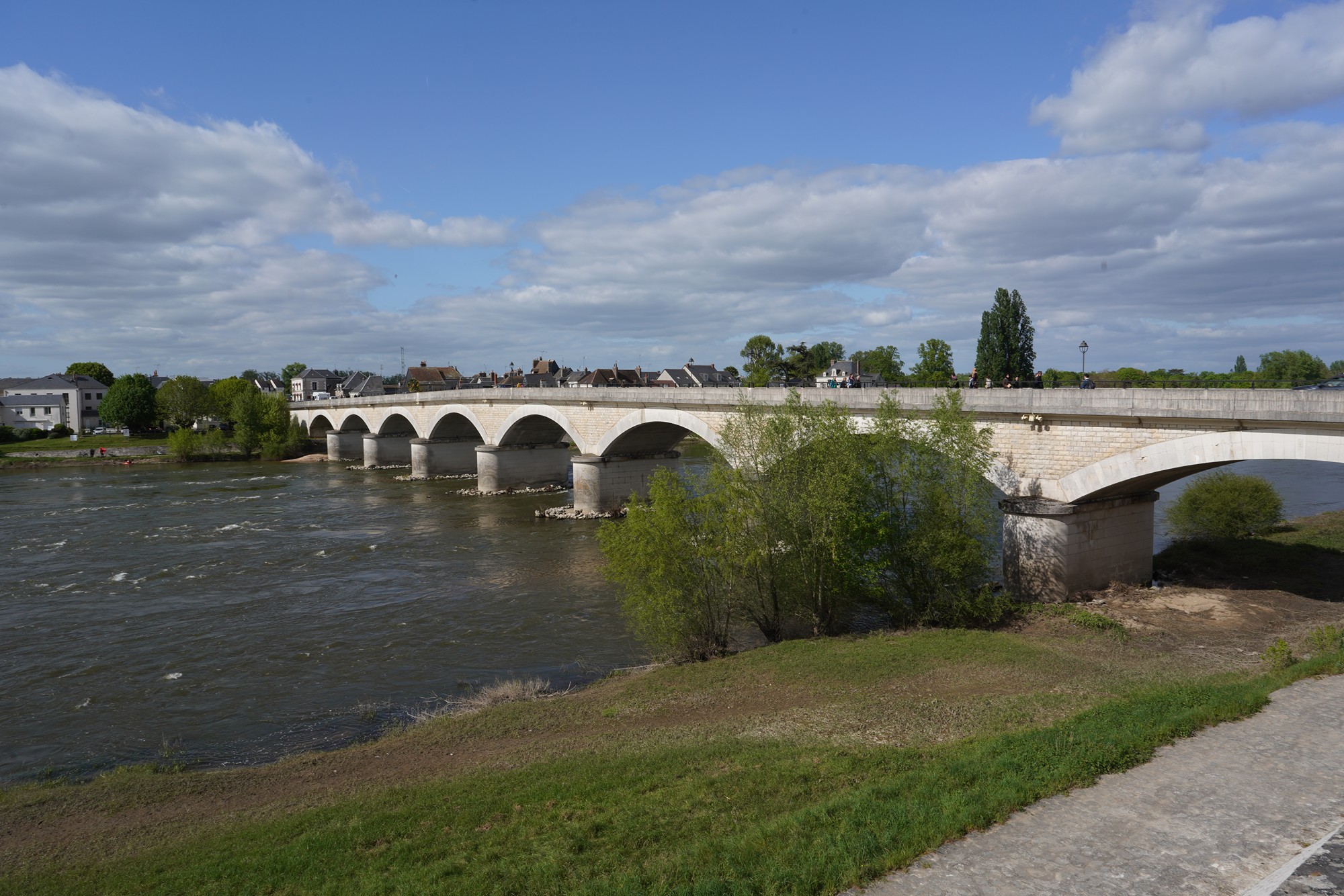Château Royal d’Amboise and Château du Clos Lucé (Da Vinci House), France
Pictures of Chateau Royal d’Amboise and Chateau de Clos Luce in France. 890
Château du Clos Lucé: 2 Rue du Clos Lucé, 37400 Amboise, France
Date Picture Taken: April, 2024
After seeing Chateau Royal de Blois, I took a train from Blois to Amboise to see two other Chateaux, Chateau Royal d’Ambloise and Chateau du Clos Luce. The latter was where Da Vinci had resided.
The Chateau on the left-hand side is Chateau Royal d’Amboise. It is on the other side of the river from the train station, so I had to walk across the bridge.






Walking along the river before walking into the city center



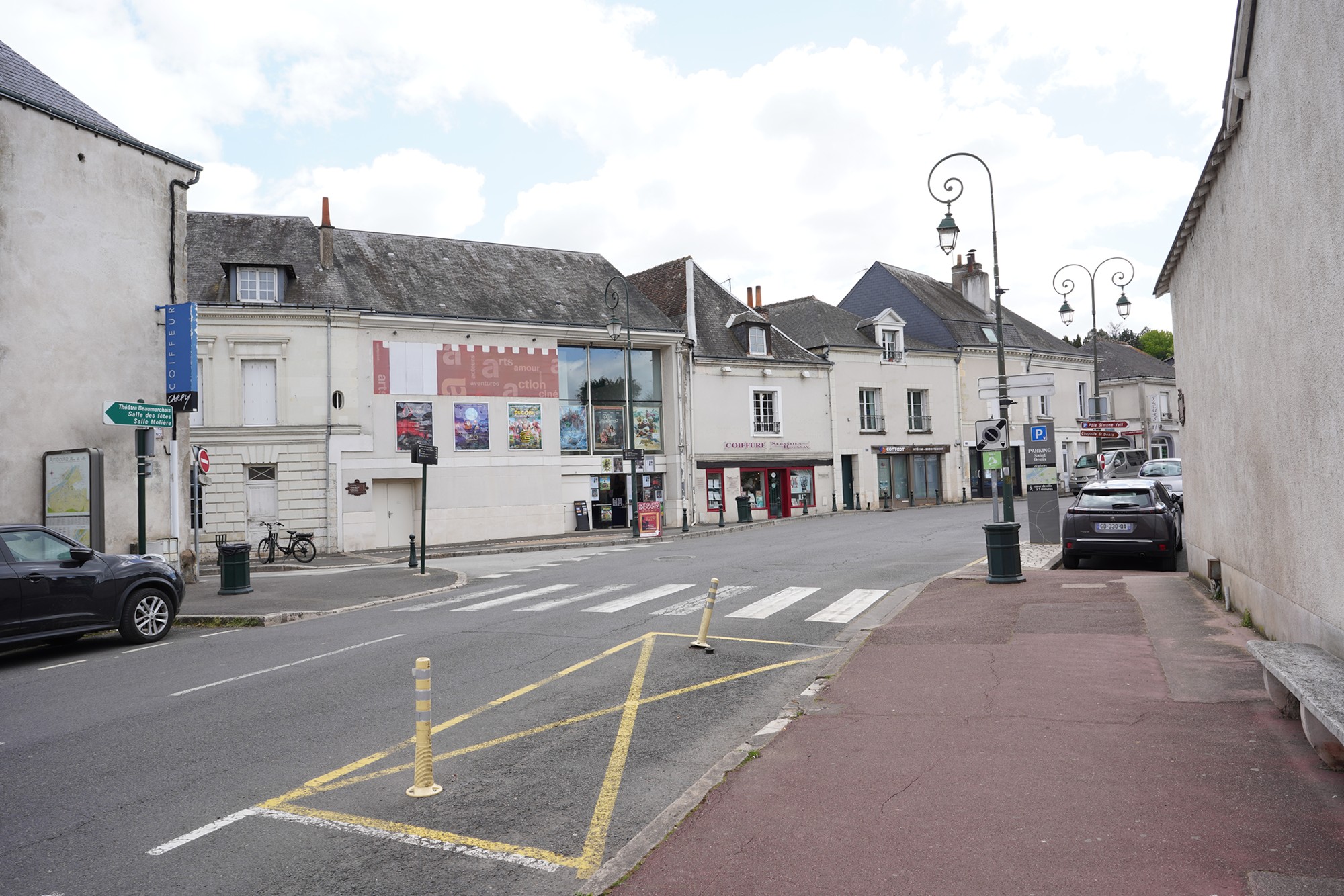



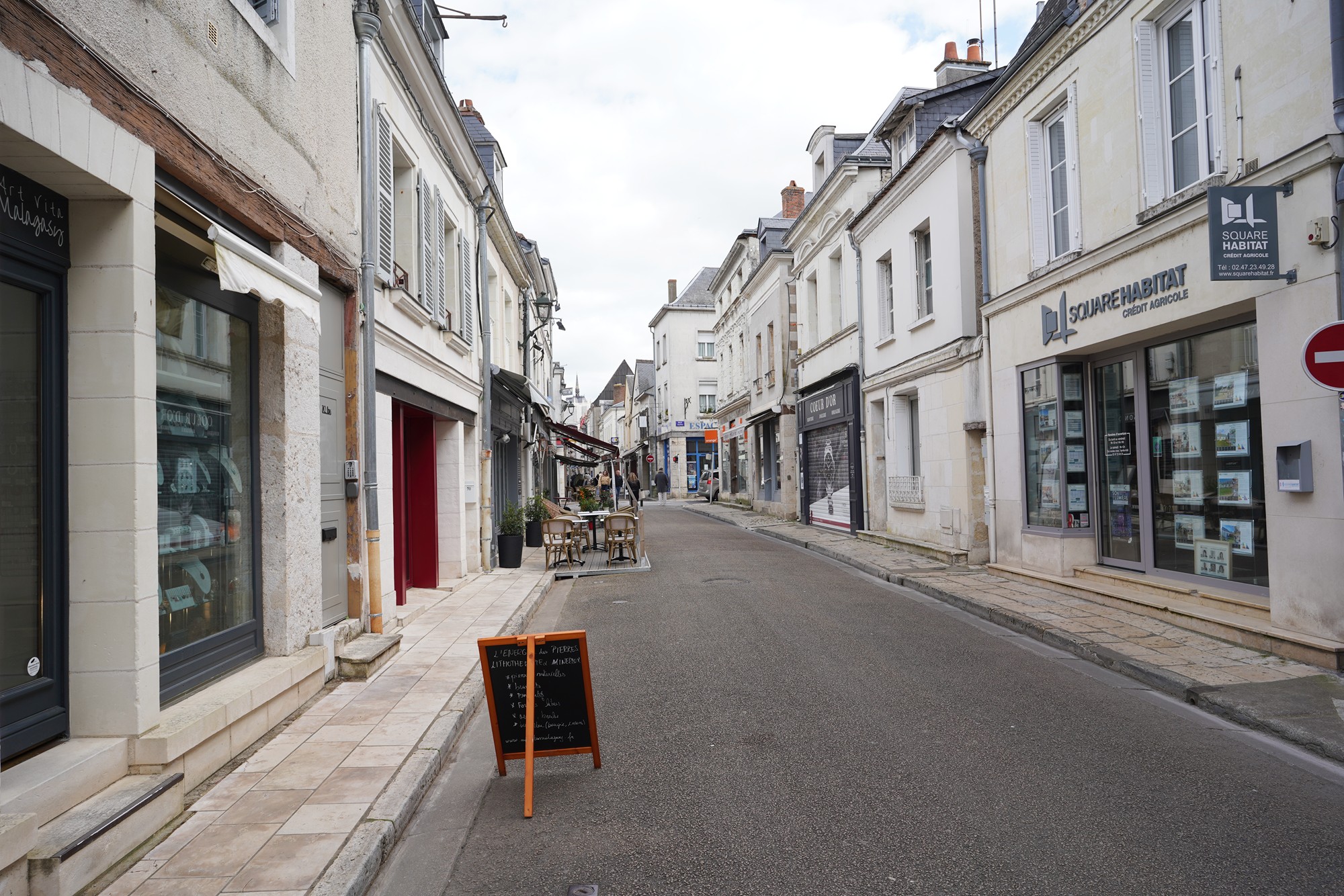
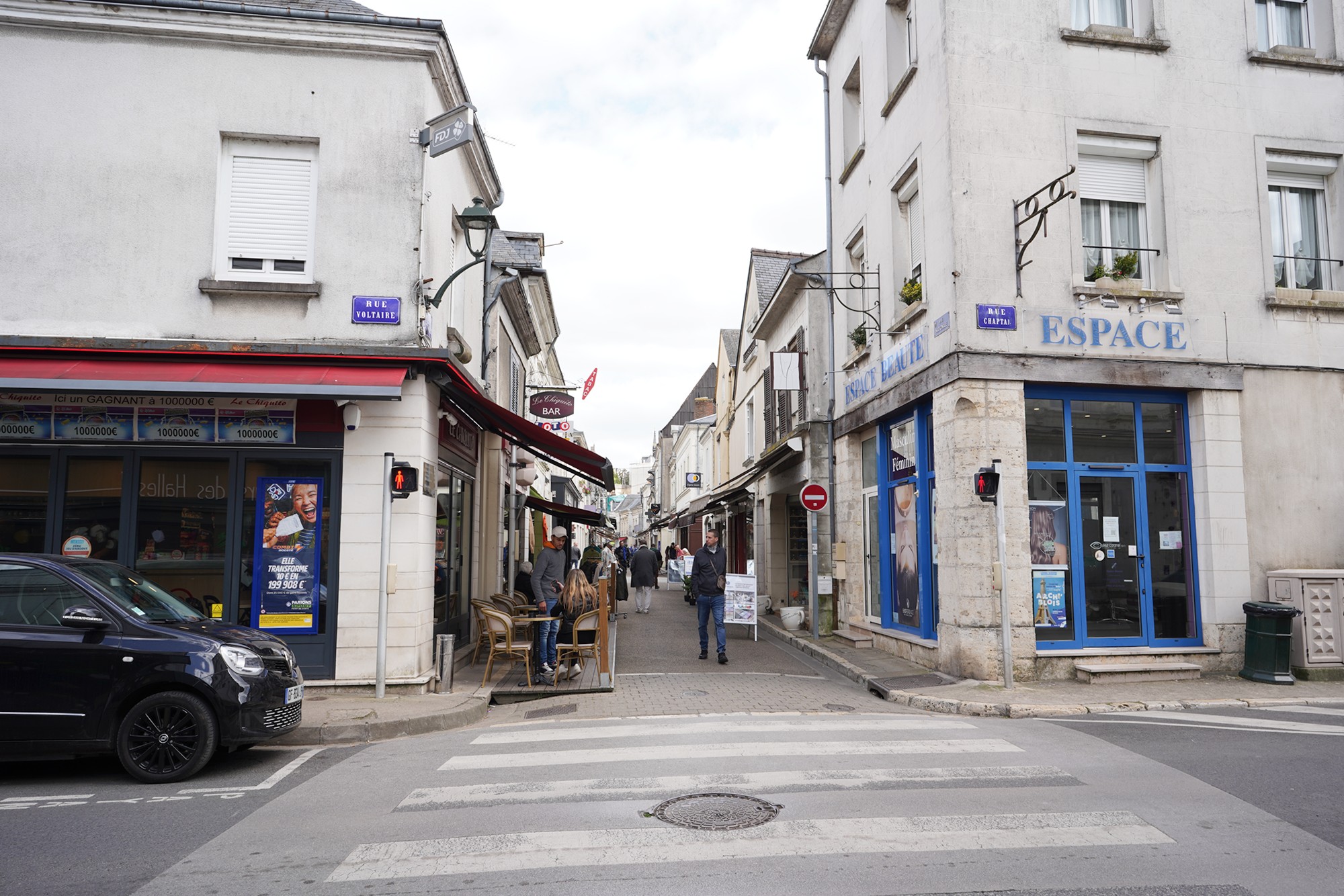




Tour de l’Horloge (Clock Tower): The tower is situated in the heart of Amboise, on the main street, Rue Nationale. It dates back to the 15th century. It was originally built as part of the city’s fortifications and served as a gate to the medieval city.
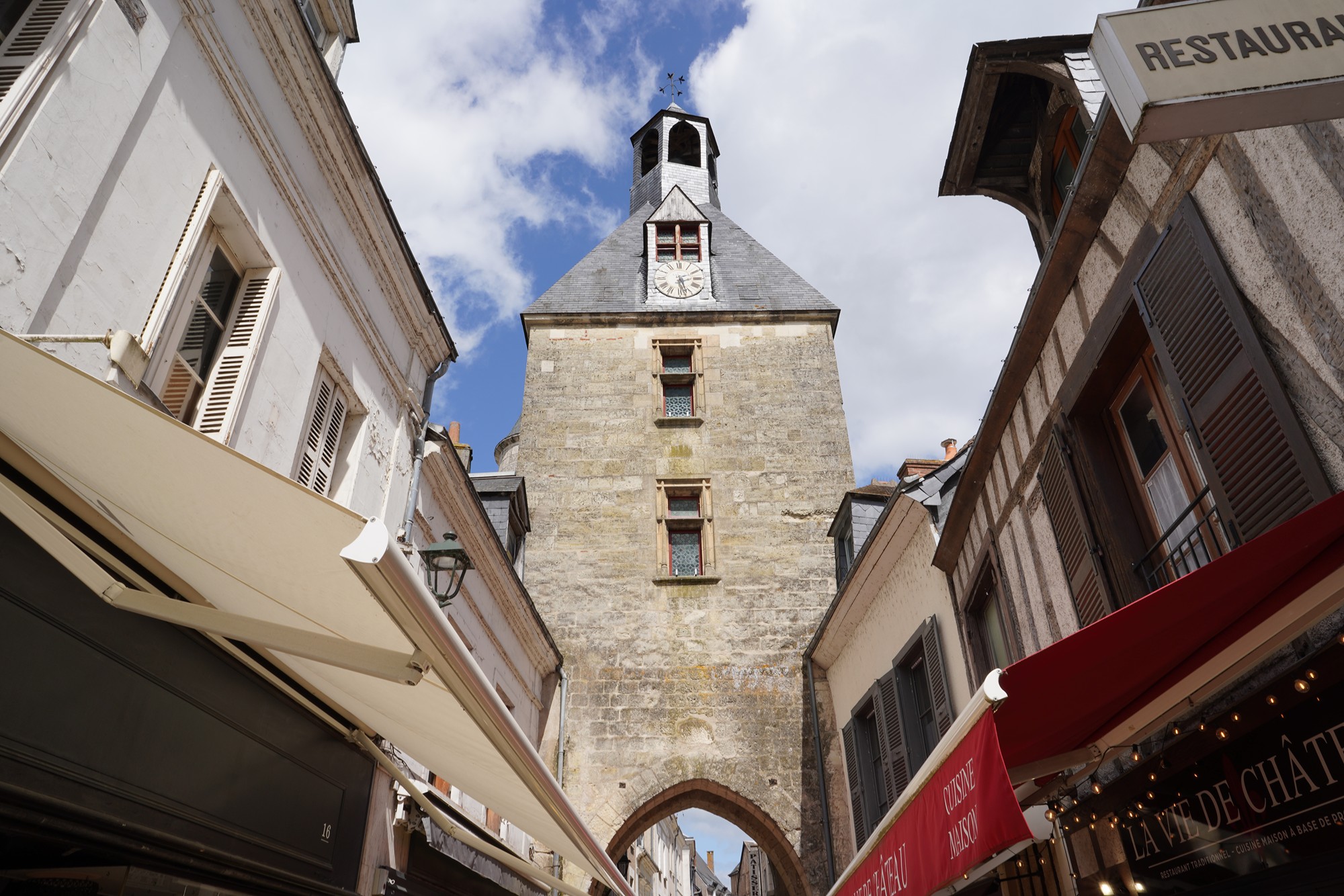


Looking back at the Clock Tower
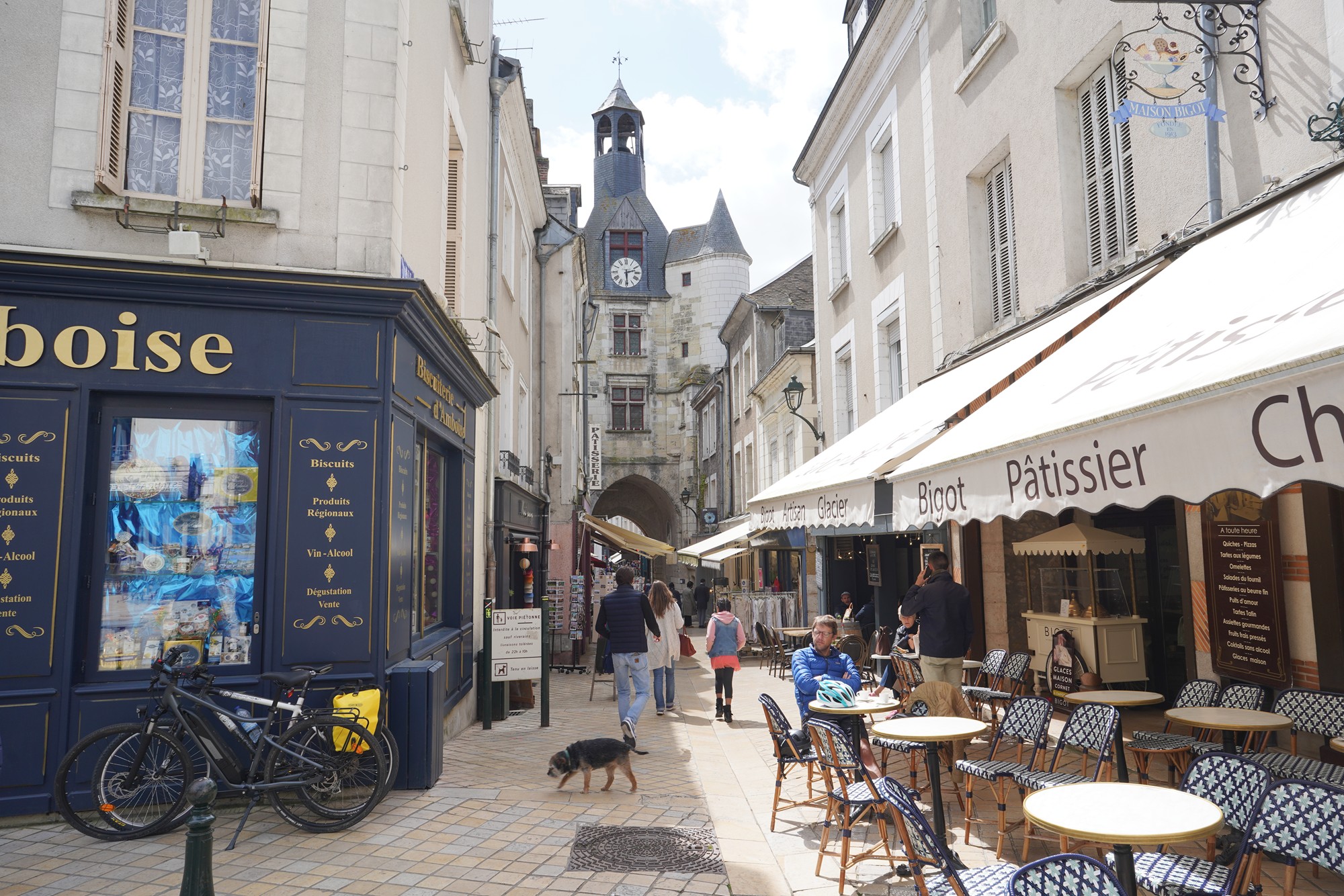



The way to the Chateau


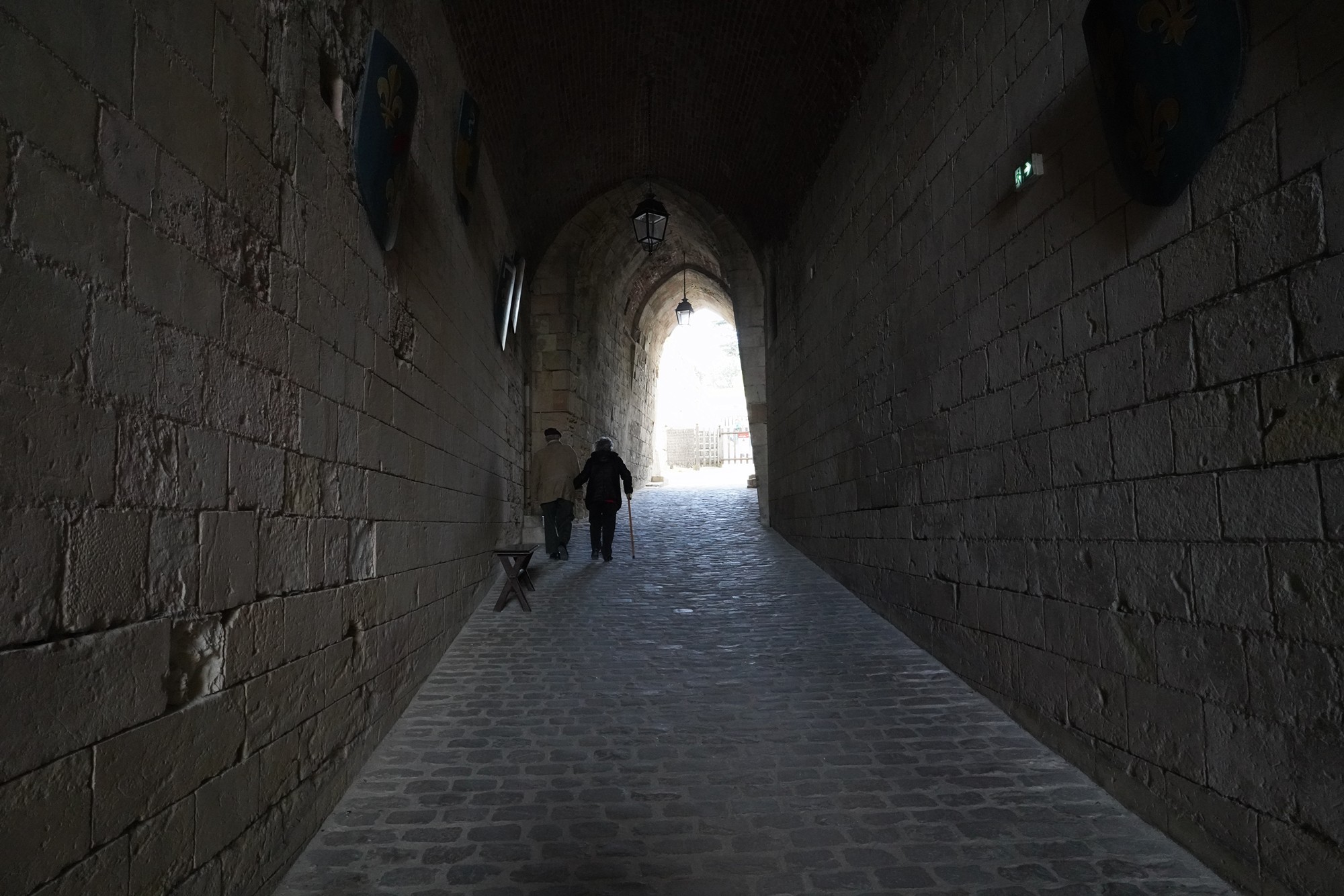


Château Royal d’Amboise. It is a royal residence located in the town of Amboise.


The château exemplifies a blend of Gothic and Renaissance architectural styles. Its evolution over centuries reflects the changing tastes and needs of its royal occupants.



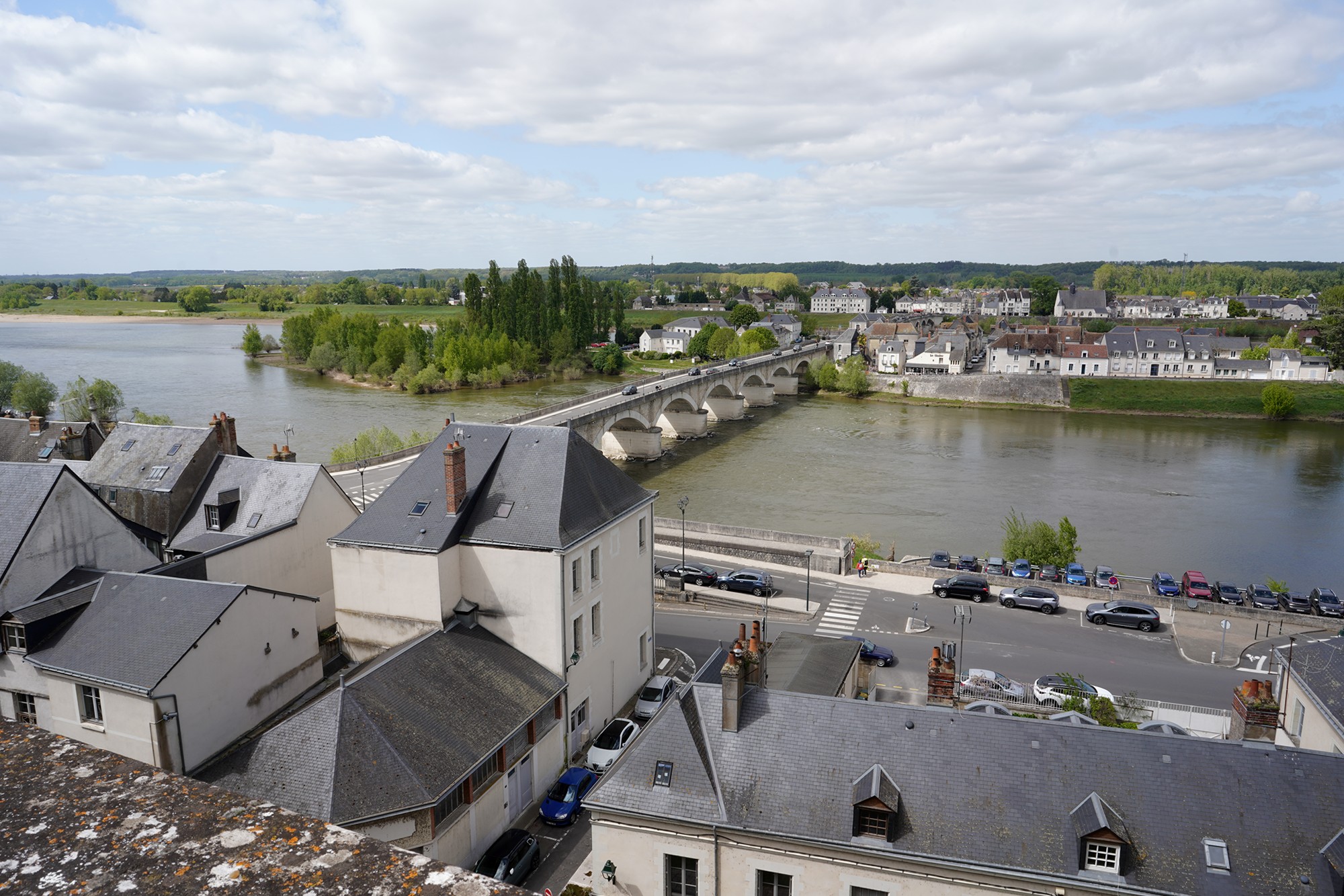




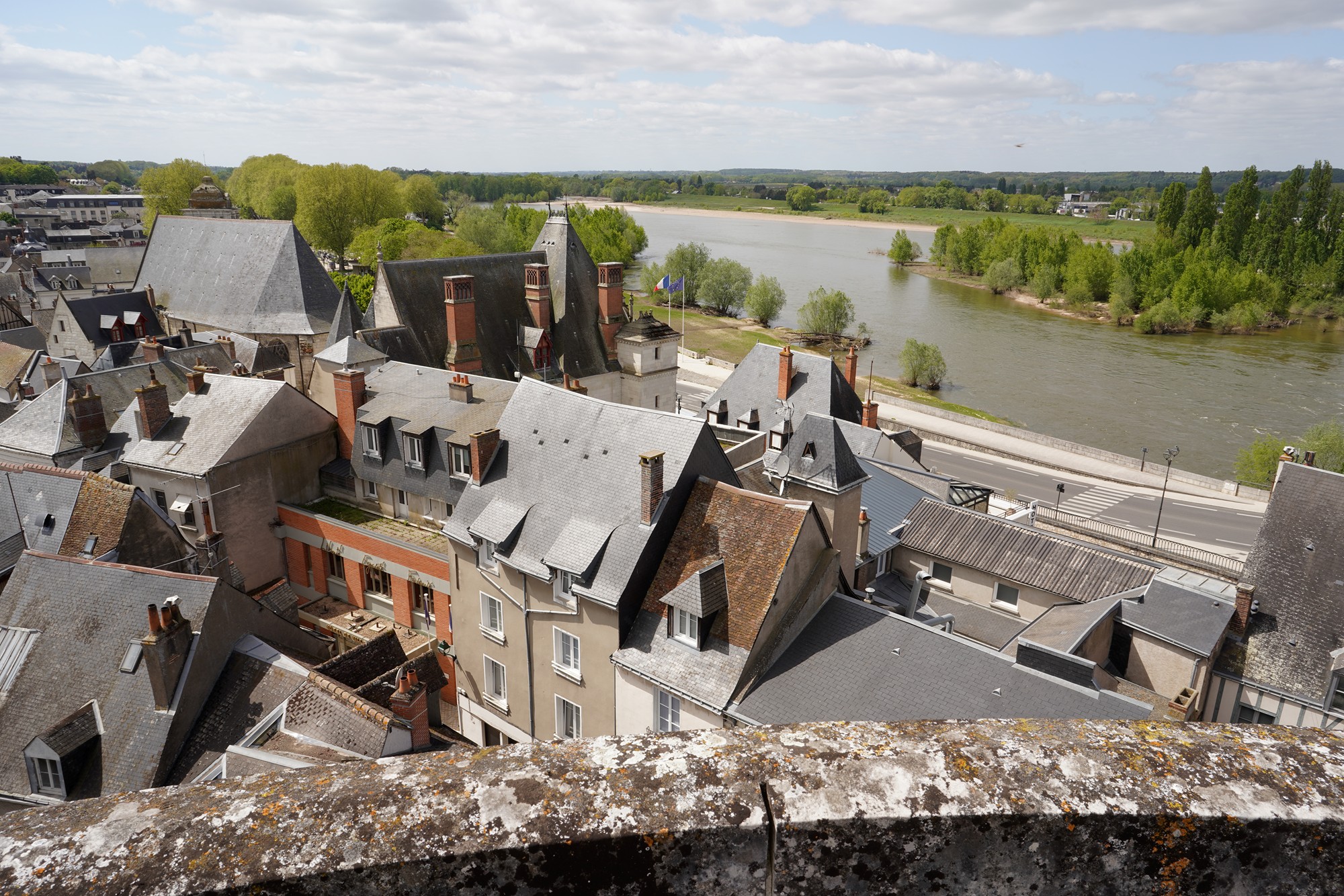


The site of the Château d’Amboise has been fortified since at least the 10th century. The current structure began taking shape in the 15th century.
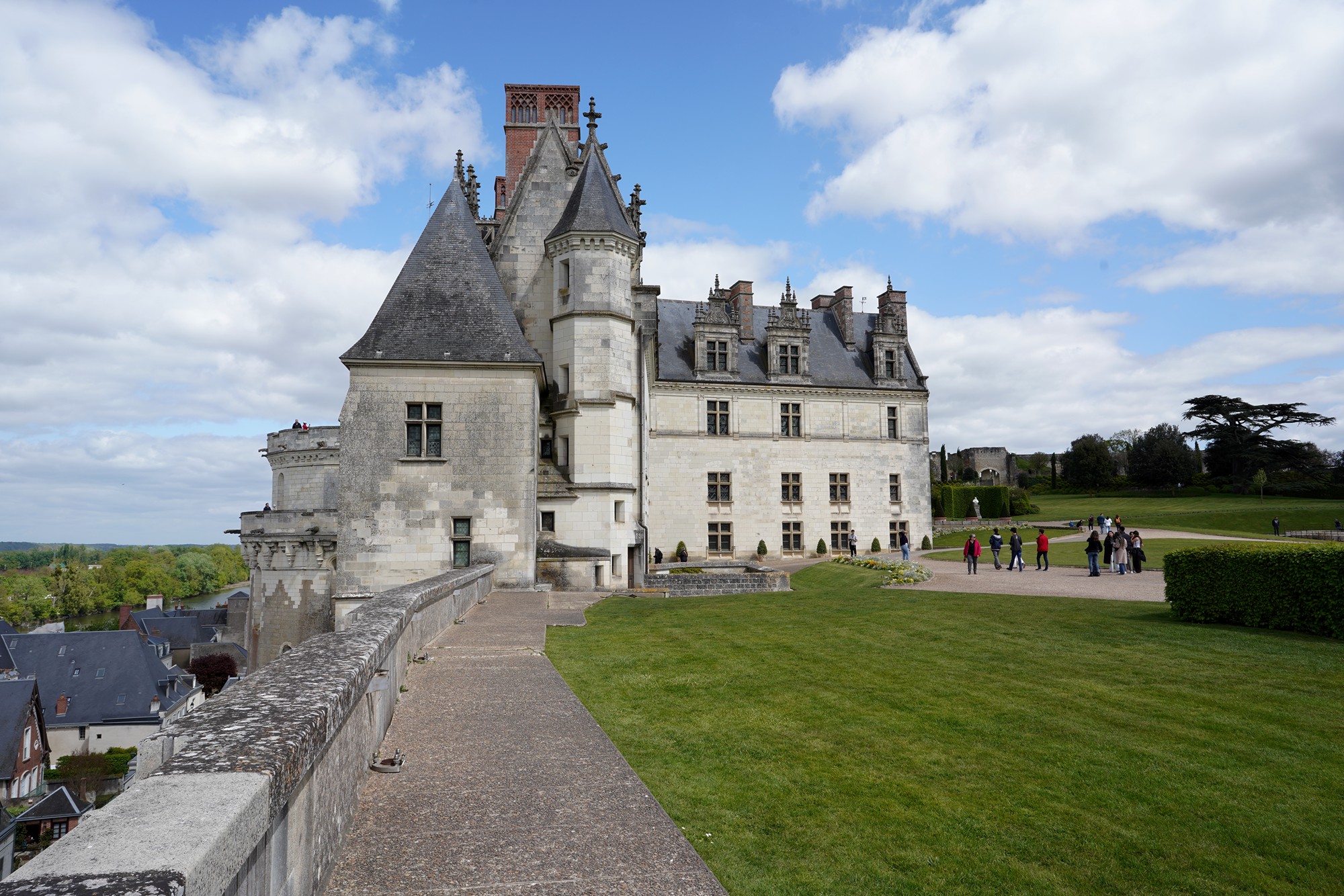
Walking into the Chateau

The model of the Chateau


To upstairs



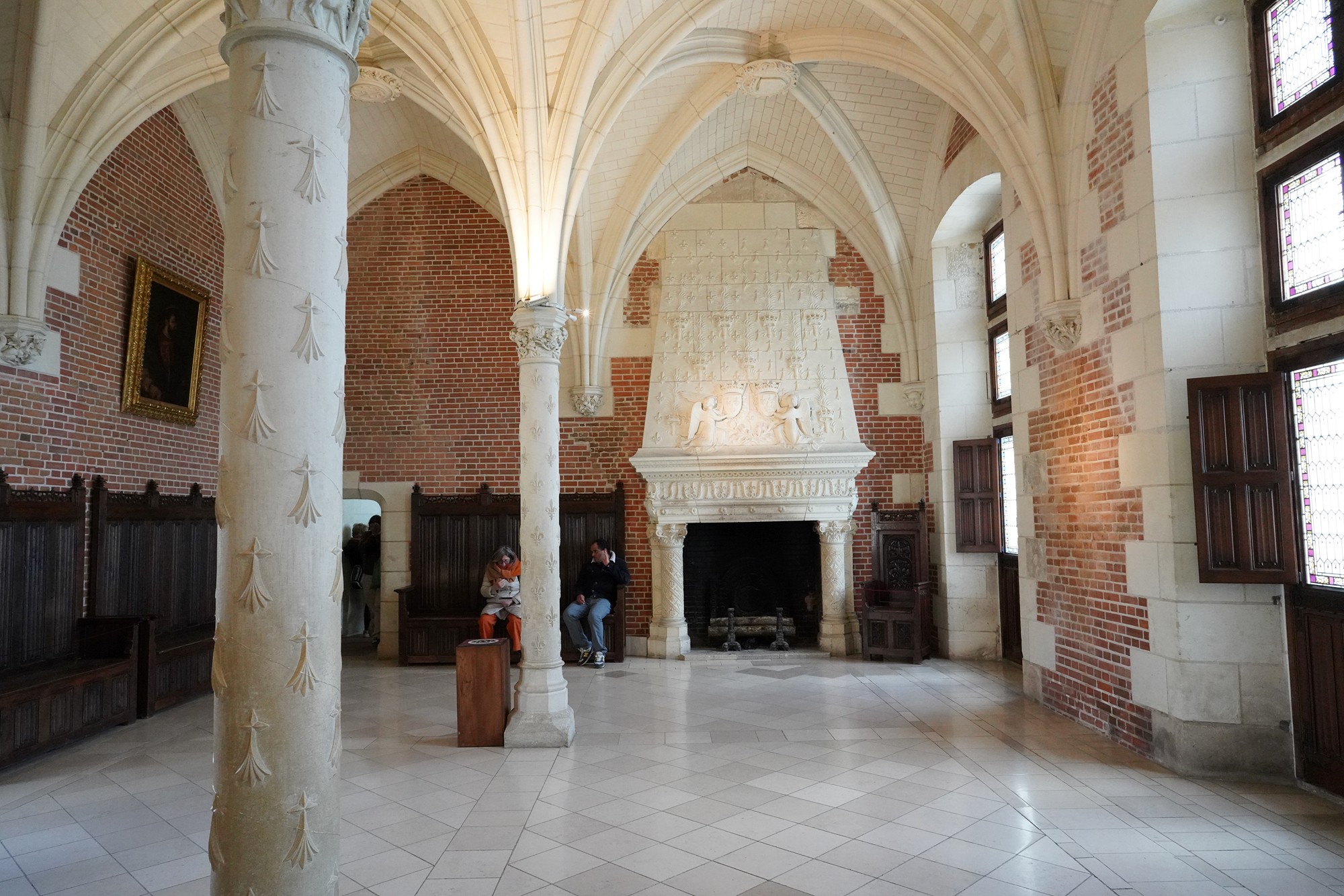







The painting, often called “The Death of Leonardo da Vinci,” portrays the famous artist, inventor, and polymath in his final moments, surrounded by King Francis I of France and other attendants.
Leonardo da Vinci spent the last years of his life in Amboise, at the Clos Lucé, under the patronage of King Francis I. The king admired Leonardo greatly and invited him to France in 1516.
The painting captures the deep respect and friendship between Leonardo and Francis I. The scene symbolizes the close bond they shared and the honor the king bestowed upon the great artist in his final moments.

Leonardo is buried in the Chapel of Saint-Hubert on the grounds of the château.
Climbed still higher

The château became a favored royal residence during the reigns of Charles VIII, Louis XII, and Francis I. Charles VIII significantly expanded the château and transformed it into a luxurious palace.






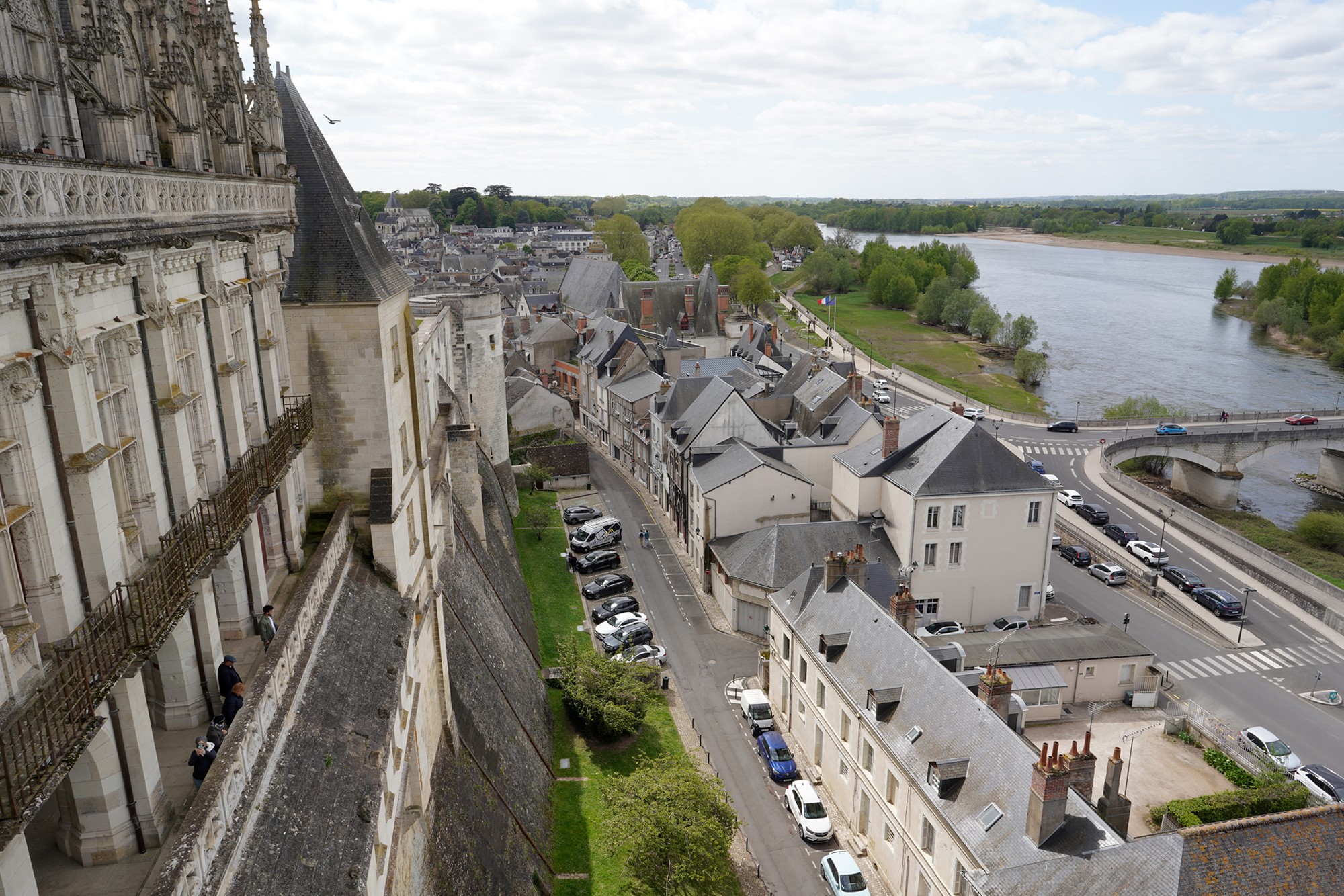




Walking down to the ground level


The gardens offer panoramic views of the Loire River and the surrounding countryside, and they are meticulously maintained to reflect both historical and contemporary designs.



Exiting the Chateau







After the chateau, I walked to Château du Clos Lucé, where Leonardo Da Vinci lived.








The Château du Clos Lucé is a historic manor house located in Amboise, just a short distance from the Château d’Amboise. It is most famous for being the final residence of Leonardo da Vinci.

The château was originally known as Manoir du Cloux and was built in the late 15th century.
It came into the possession of the French crown and was used as a summer residence by French kings.


Inside the chateau. In 1516, at the invitation of King Francis I, Leonardo da Vinci moved to Clos Lucé. He lived there until his death in 1519, bringing with him several of his most famous works, including the Mona Lisa.


Visitors can see the bedroom where Leonardo spent his final years, complete with personal items that evoke his presence.

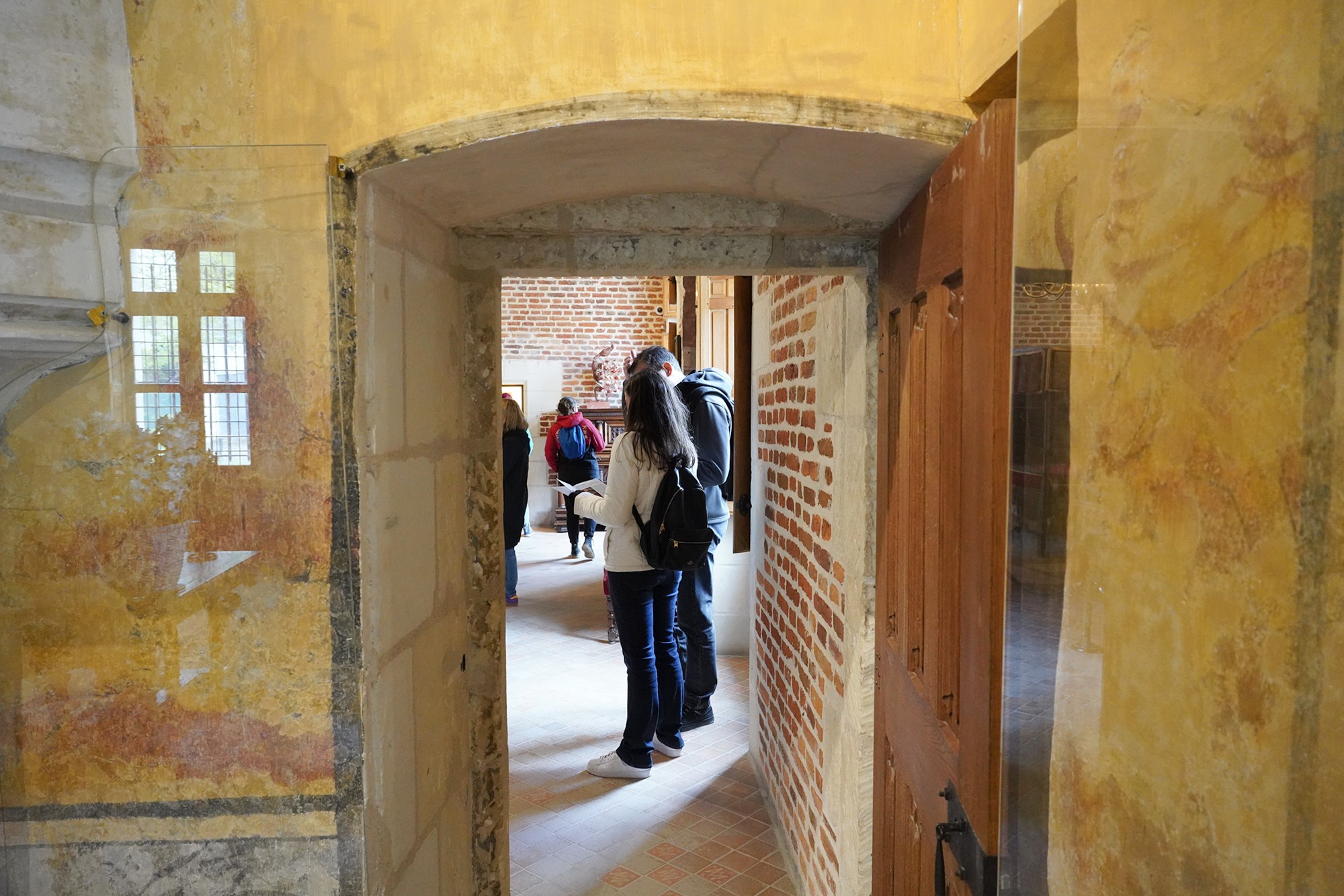
In 1516, at the invitation of King Francis I, Leonardo da Vinci moved to Clos Lucé. He lived there until his death in 1519, bringing with him several of his most famous works, including the Mona Lisa.



The rooms have been restored to reflect the period during which Leonardo lived there, with period-appropriate furniture, tapestries, and decor.



Though Leonardo’s original artworks are housed in major museums around the world, Clos Lucé displays reproductions of his most famous paintings and sketches.

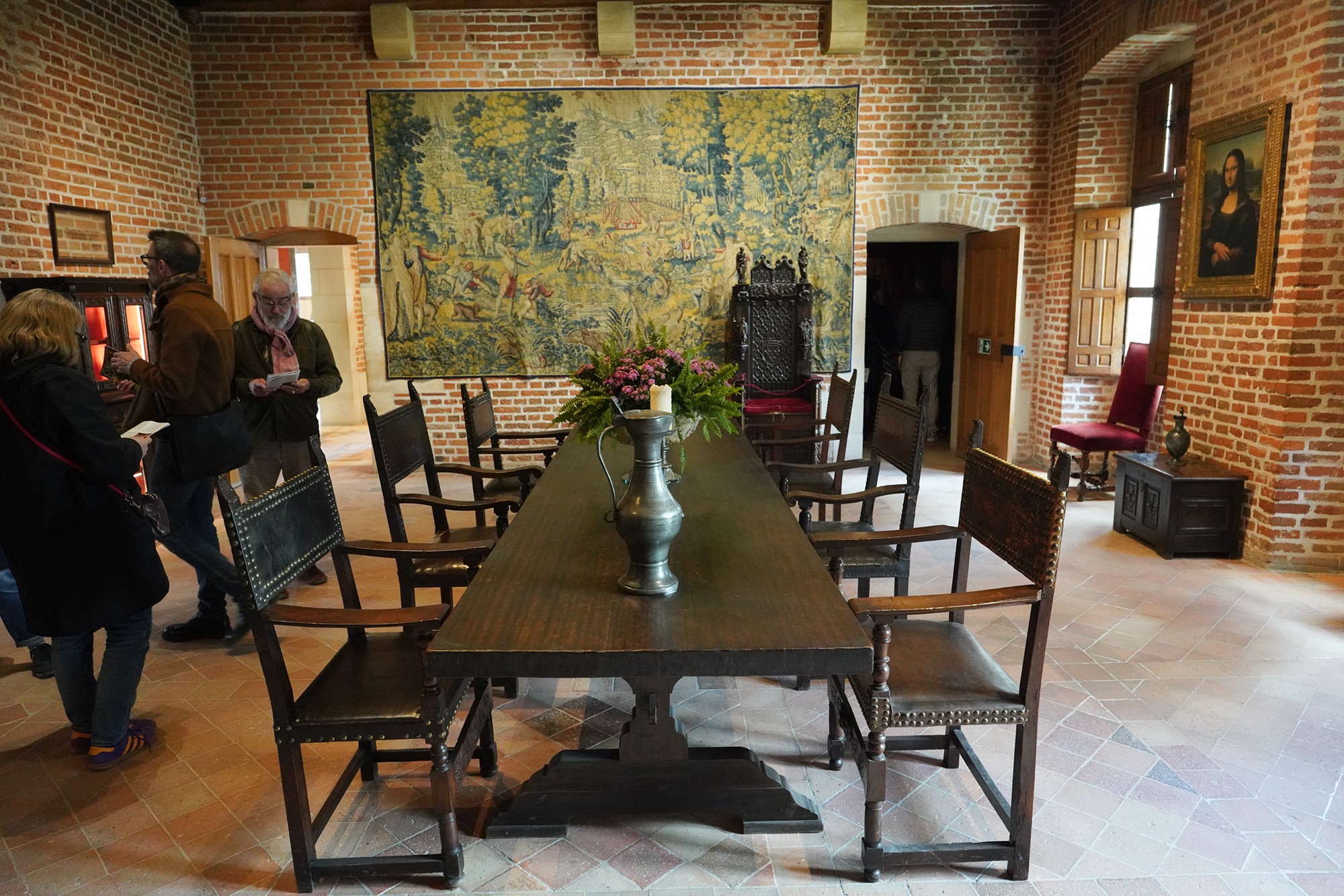

Leonardo used the château’s rooms as his living quarters, studio, and workshop. He worked on numerous projects, including inventions, paintings, and engineering designs.










The château contains replicas of Leonardo’s inventions and displays related to his life and work, highlighting his contributions to art, science, and technology.





The gardens have been designed to reflect Leonardo’s studies of nature and his botanical interests. They include recreations of some of his botanical sketches.




The park surrounding the château features large-scale models of Leonardo’s inventions, allowing visitors to interact with and better understand his designs.



Exited the Chateau and walked back to the city center









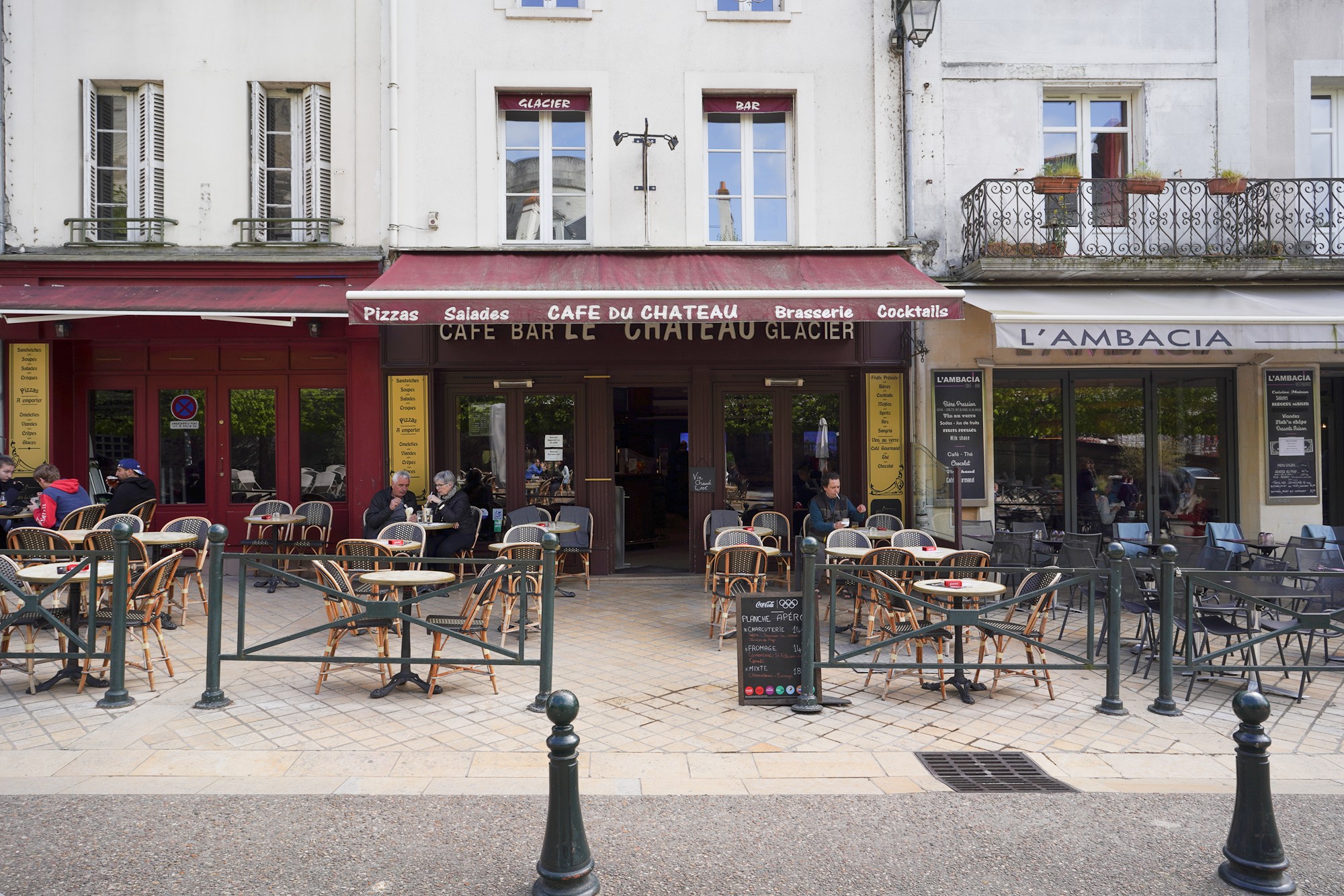


Came back to the Clock Tower




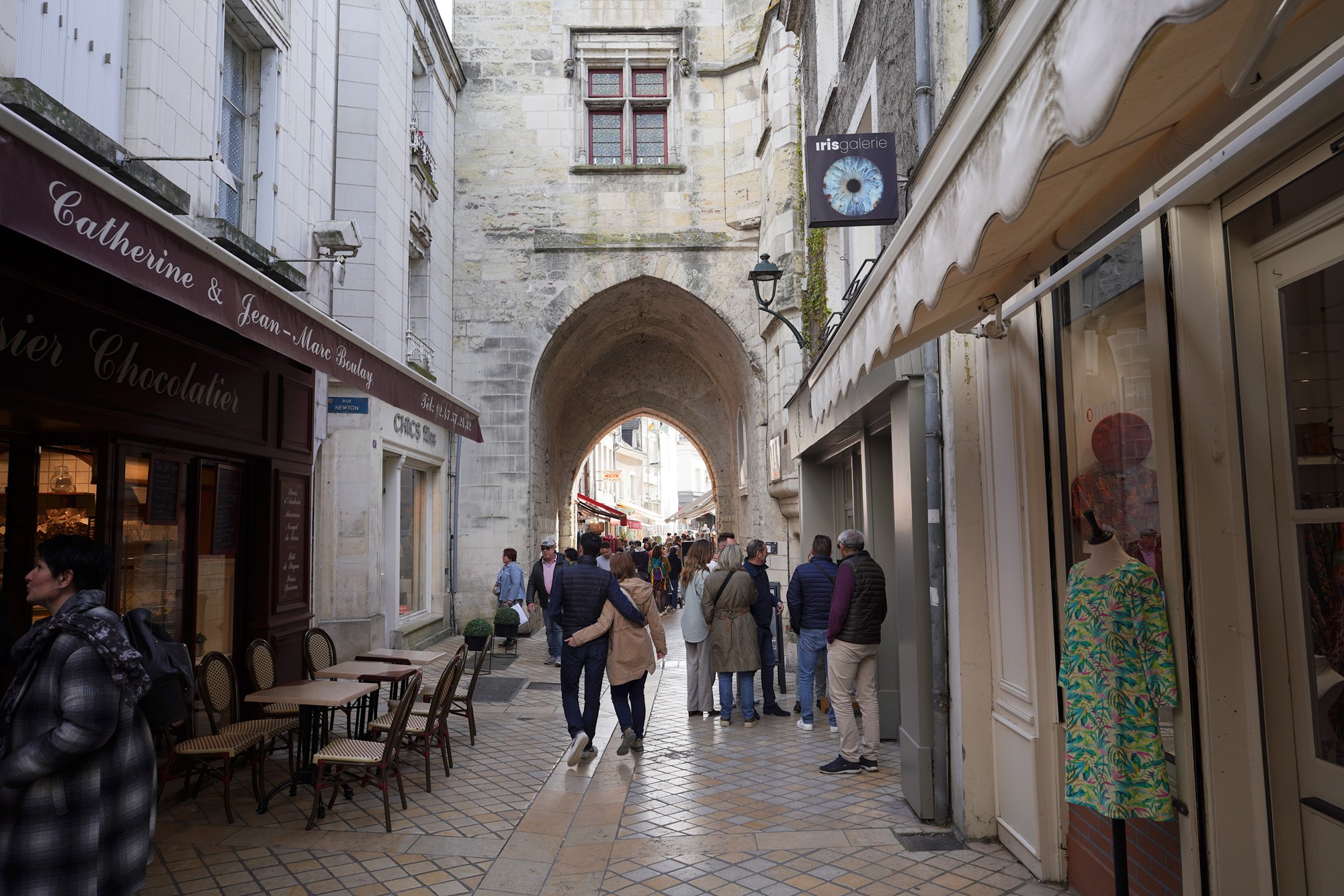
Going back to the train station
